October 18th marks World Menopause Day 2025, a global observance focused this year on Lifestyle Medicine in Menopausal Health: Supporting women’s health globally through midlife and beyond. The core message is that simple lifestyle practices can significantly support health and well-being during and after menopause.
At LØUCO, we believe in empowering women through science-backed, tangible strategies to navigate this significant life phase. Menopause is a natural, physiological event, yet the transition can bring profound changes.
Menopause is defined retrospectively as the permanent cessation of menses (menstrual periods) for 12 consecutive months. Globally, this usually occurs around the age of 49 years. Given increased longevity, women now spend approximately 40% of their lives in the postmenopausal years, which equates to more than 30 years for most women.
While up to 80% of women experience disruptive vasomotor symptoms (VMS), such as hot flashes and night sweats, the hormonal changes also carry "silent health consequences". These include an increased risk of chronic non-communicable diseases (NCDs) like accelerated bone loss (osteoporosis) and cardiovascular disease (CVD).
Lifestyle Medicine offers a foundational, evidence-based framework through six core pillars for achieving optimal health
The Six Pillars of Lifestyle Medicine for Menopausal Health
1. Healthy Eating: Fueling Your Body for Change
Nutrition is foundational, especially as hormonal shifts impact metabolism and bone health. Healthy dietary patterns are associated with lower risks of NCDs, including heart disease and Type 2 diabetes.
Tangible Strategies:
- Embrace a Mediterranean-Style Diet (MedDiet): This is the most extensively studied and widely endorsed approach. Focus on high intake of vegetables, fruits, whole grains, olive oil, nuts, and fish, while limiting red and processed meats and reducing added sugars. This approach is linked to better mood, weight control, and heart health.
- Prioritise Bone Builders: Adequate calcium (700–1200 mg/day) and vitamin D (400–1000 IU/day) are essential after menopause to support bone strength and reduce fracture risk.
- Reduce Ultra-Processed Foods: Ultra-processed foods (like packaged snacks and sugary drinks) are associated with higher risks of heart disease, mental health issues, and shorter lifespan.
- Consider Soy (Optional): Diets rich in fruits and vegetables, and occasionally soy foods, may help alleviate VMS (hot flushes) for some women, though evidence is mixed.
2. Physical Activity: The Anti-Aging Prescription
Estrogen loss during menopause can lead to reduced muscle mass (sarcopenia), increased abdominal fat, and inflammation. During this time, physical activity often decreases by 40%.
The Science: Regular movement is one of the most effective ways to protect health. Exercise is proven to improve VMS, reduce inflammation by boosting natural antioxidants, and strengthen bones.
Tangible Strategies:
- Move Regularly: Aim for at least 150 minutes of moderate-intensity aerobic activity (like brisk walking or cycling) each week. This improves heart health, circulation, and body composition.
- Strength is Survival: Include at least two or more days of strength or resistance training weekly. Resistance training builds lean muscle and increases bone mineral density (BMD), helping to counteract the accelerated bone loss (3%–5% per year for 5 to 7 years) that occurs around menopause.
- Combine for Maximum Impact: Multi-component exercises, such as High-Intensity Interval Training (HIIT), which combine aerobic and resistance exercises, provide the greatest benefits for strength, flexibility, fat reduction, and relief of VMS.
3. Restorative Sleep: Protecting Your Brain and Heart
Sleep is recognised as a key pillar of cardiovascular health and is included in the American Heart Association’s “Life’s Essential 8” for cardiovascular well-being. Hormonal changes and VMS often lead to sleep problems.
The Science: Short sleep duration (less than six hours per night) is particularly risky for midlife women and is associated with a significantly increased risk of incident dementia later in life. Poor sleep quality is also linked to higher risks of obesity, hypertension, diabetes, and metabolic syndrome (MetS).
Tangible Strategies:
- Establish Consistency: Keep a regular sleep schedule.
- Optimise Your Environment: Ensure your room is cool, dark, and quiet.
- Mindful Evenings: Limit screen time, blue light, caffeine, and alcohol before bed. Avoid large meals and reduce fluid intake in the evening.
- Seek Support: If you struggle with ongoing insomnia, Cognitive Behavioral Therapy for Insomnia (CBT-I) is the recommended first-line treatment.
4. Avoidance of Risky Substances: Reducing Your Risk Factors
Women's bodies often process substances differently than men's, making women more vulnerable to harmful effects.
The Science & Stats:
- Smoking: Smoking accelerates the onset of menopause and worsens VMS. Quitting smoking at midlife reduces cardiovascular risk, strengthens bones, and improves symptoms. Notably, the length of time a woman smokes has more influence on health than the number of cigarettes per day.
-
Alcohol: Heavy drinking is linked to earlier menopause, bone loss, and higher fracture risk. Any perceived benefit from light consumption generally does not outweigh the risks, particularly breast cancer.
Guideline: National guidelines recommend no more than 10–20 g of alcohol per day, with alcohol-free days each week.
Tangible Strategies:
- Quit Smoking: Seek support to quit. The benefits outweigh any minor weight gain that might occur.
- Limit Alcohol: Aim for no more than 1–2 small drinks on drinking days and include alcohol-free days. Cutting back can immediately improve sleep, mood, and energy.
5. Mental Well-being & Stress Management: Building Resilience
Midlife stress (balancing careers, family, and health changes) can intensify VMS.
The Science: Stress management programs incorporating cognitive-based therapy and relaxation techniques are highly effective at improving coping skills, lowering stress levels, and reducing VMS.
Tangible Strategies:
- Practice Mindfulness: Use relaxation or breathing exercises to reduce stress and hot flushes.
- Embrace Creative Outlets: Activities like art or music can help manage stress.
- Utilise Digital Tools: Mobile health solutions, such as apps for guided meditation or stress tracking, offer accessible and cost-effective ways to manage stress.
- Get Accountable: Wearable fitness trackers can increase motivation and accountability for building healthy activity habits. Setting your own goals leads to better results than fixed targets.
6. Healthy Relationships: The Power of Connection
Strong social connections are critical for healthy aging and provide emotional resilience.
The Science: Loneliness and social isolation dramatically increase the risk of chronic conditions, including stroke, CVD, Metabolic Syndrome (MetS), and fractures. Conversely, supportive relationships improve the control of chronic conditions, ease VMS, and protect against depression and anxiety. Marital harmony and satisfaction are correlated with less severe menopausal symptoms.
Tangible Strategies:
- Stay Integrated: Actively spend time with supportive friends and family.
- Communicate: Talk openly with your partner about menopause and share reliable information about the transition. Educating partners can strengthen relationships.
- Join a Community: Join groups or community activities to foster connection, which is linked to better heart, bone, and mental health.
LØUCO’s Takeaway: Take Control Of Your Health And Empower Your Midlife Journey
Menopause is an opportune time to focus on preventing NCDs through intentional lifestyle choices. By integrating the six pillars of Lifestyle Medicine, you are making powerful, science-backed choices that enhance your quality of life now and protect your health for decades to come.
Remember the synergistic power of Physical Activity and Healthy Eating. As muscle mass and bone density naturally decline, supporting your musculoskeletal health is vital. This requires consistent resistance exercise combined with quality nutrition, especially adequate protein.
Invest in yourself. It’s never too early to start, and LØUCO is here to support you at every lifestage.

Written by: Rachel Prince | Co-Founder & Women's Fitness and Pelvic Health Coach

Sources
1. Anekwe, C. V., Cano, A., Mulligan, J., Ang, S. B., Johnson, C. N., Panay, N., Schaedel, Z., Akam, E. Y., Porterfield, F., Wang, E., & Nappi, R. E. (2025). The role of lifestyle medicine in menopausal health: a review of non-pharmacologic interventions. Excerpts from "IMS-White-Paper-The-Role-of-Lifestyle-Medicine-in-Menopausal-Health-2025.pdf".
2. Davis, S. R., Pinkerton, J., Santoro, N., & Simoncini, T. (2023). Menopause—Biology, consequences, supportive care, and therapeutic options. Excerpts from "1-s2.0-S0092867423009054-main.pdf".
3. Peacock, K., Carlson, K., & Ketvertis, K. M. (2025). Menopause. Excerpts from "Menopause - StatPearls - NCBI Bookshelf.pdf".



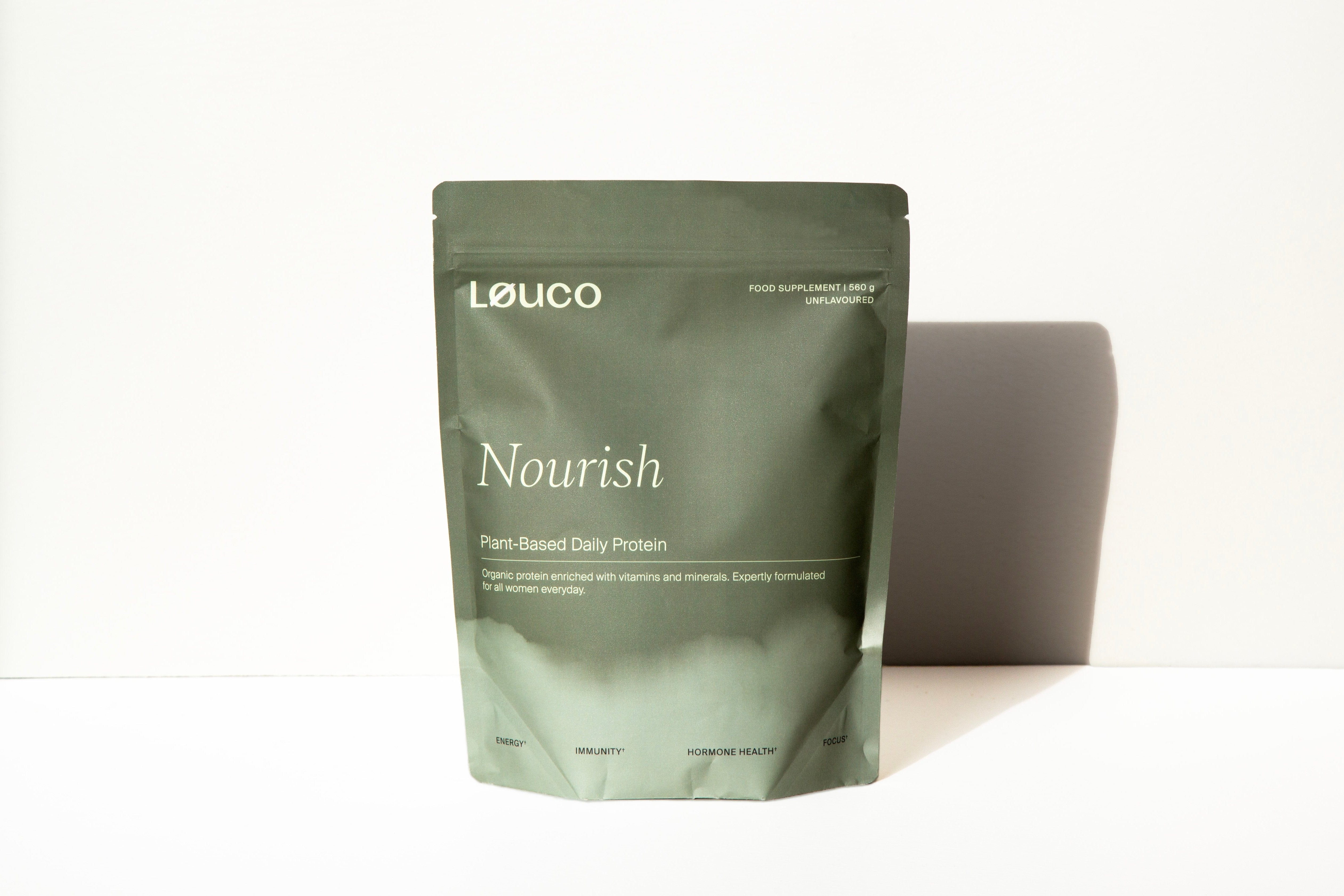
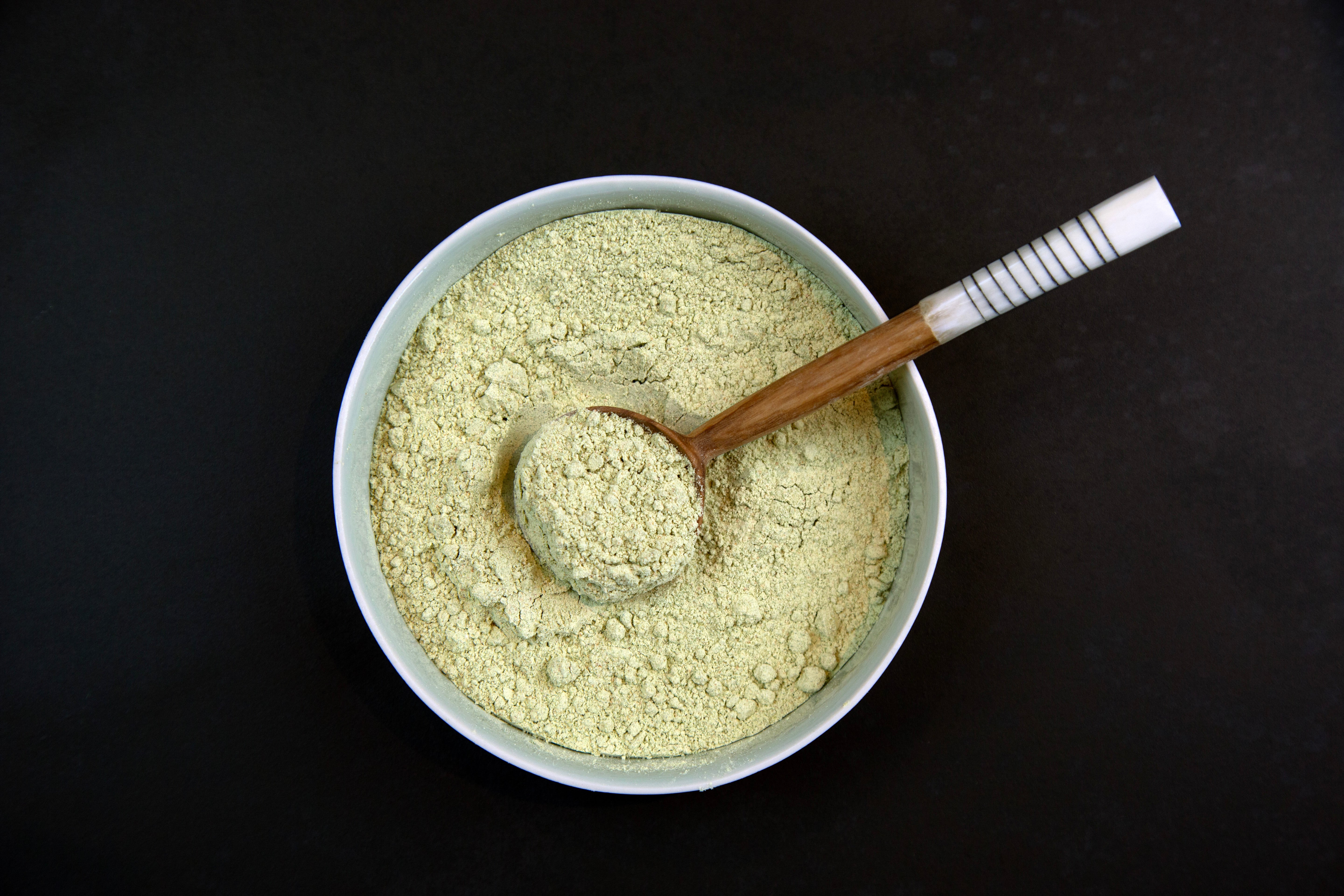
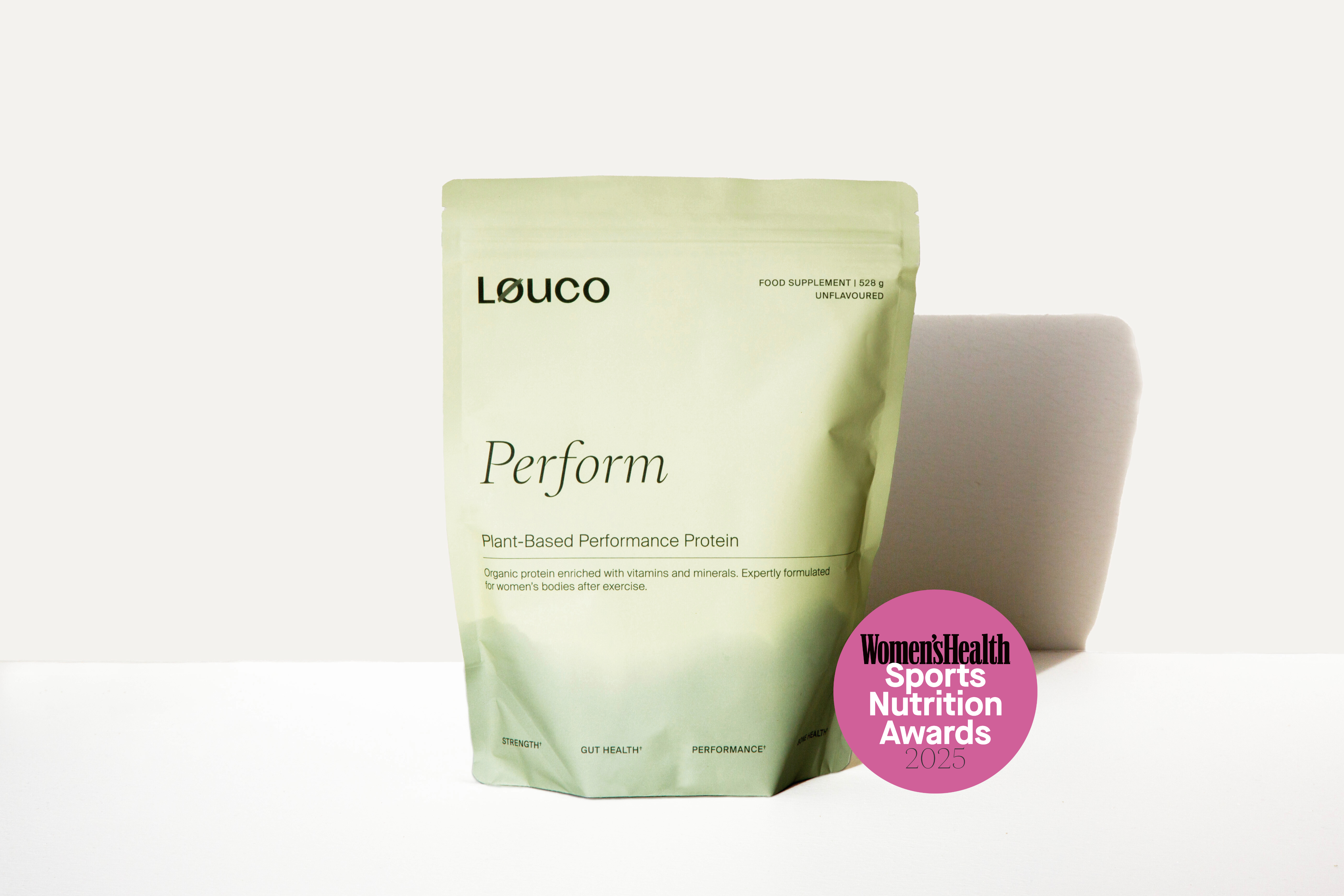
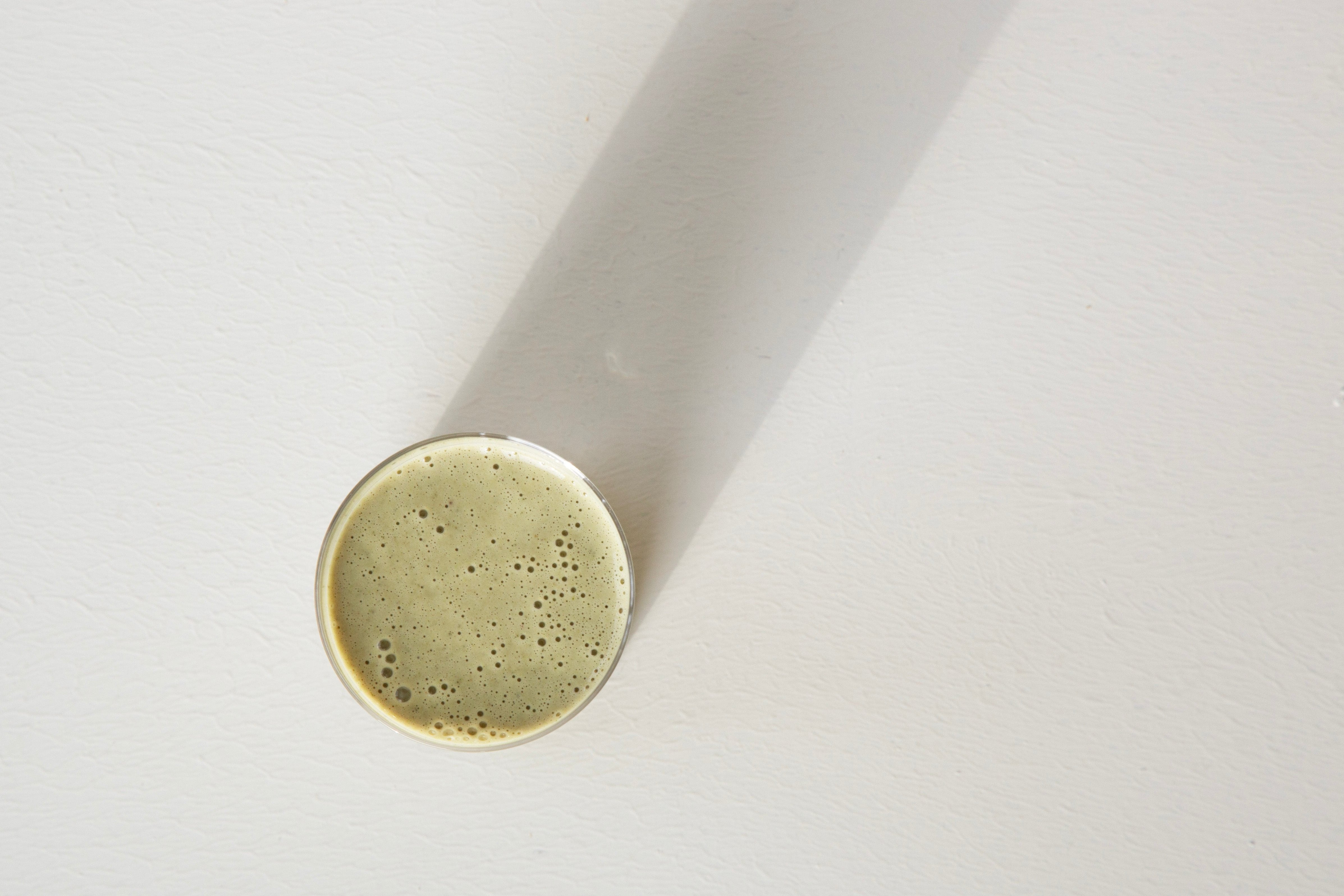
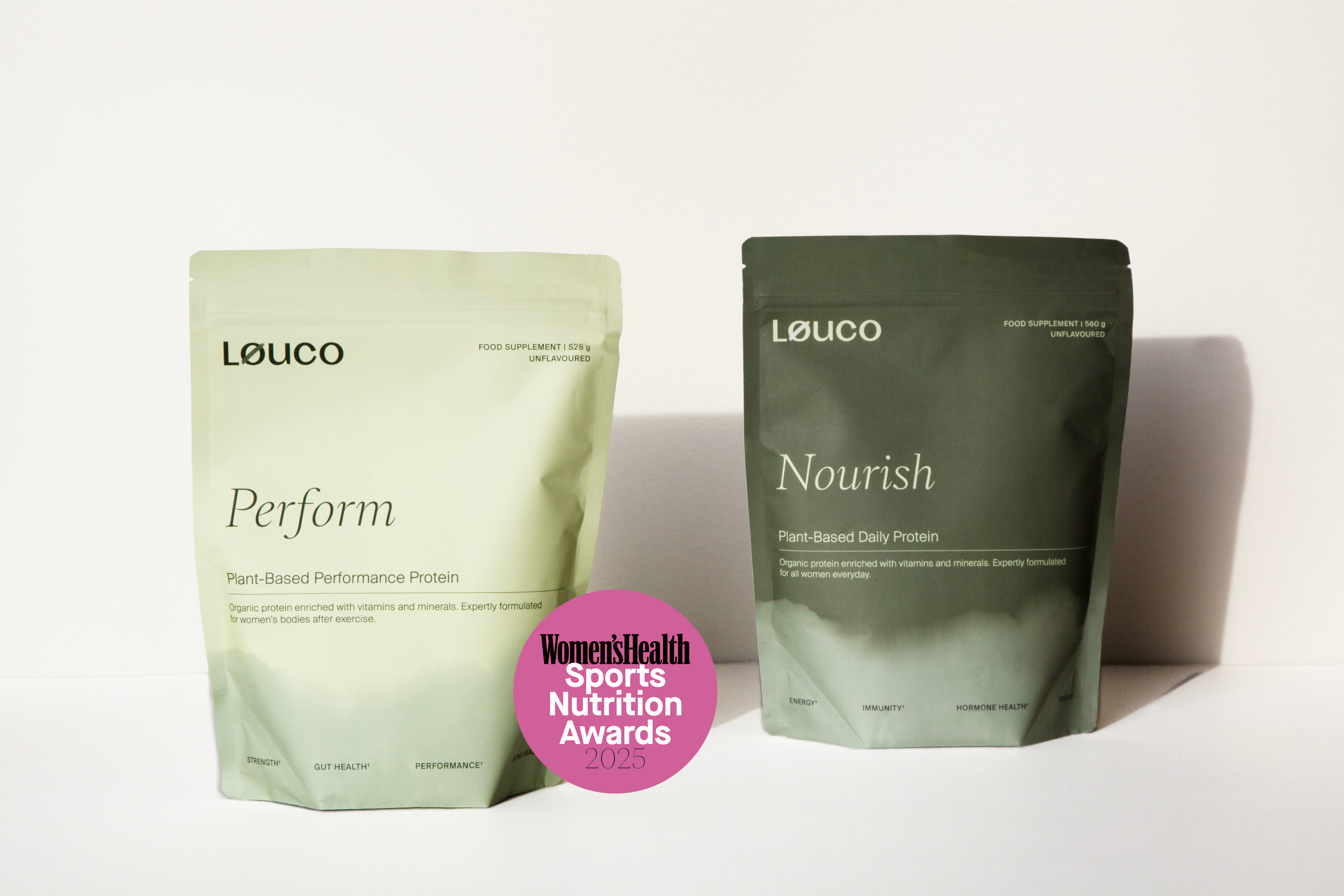
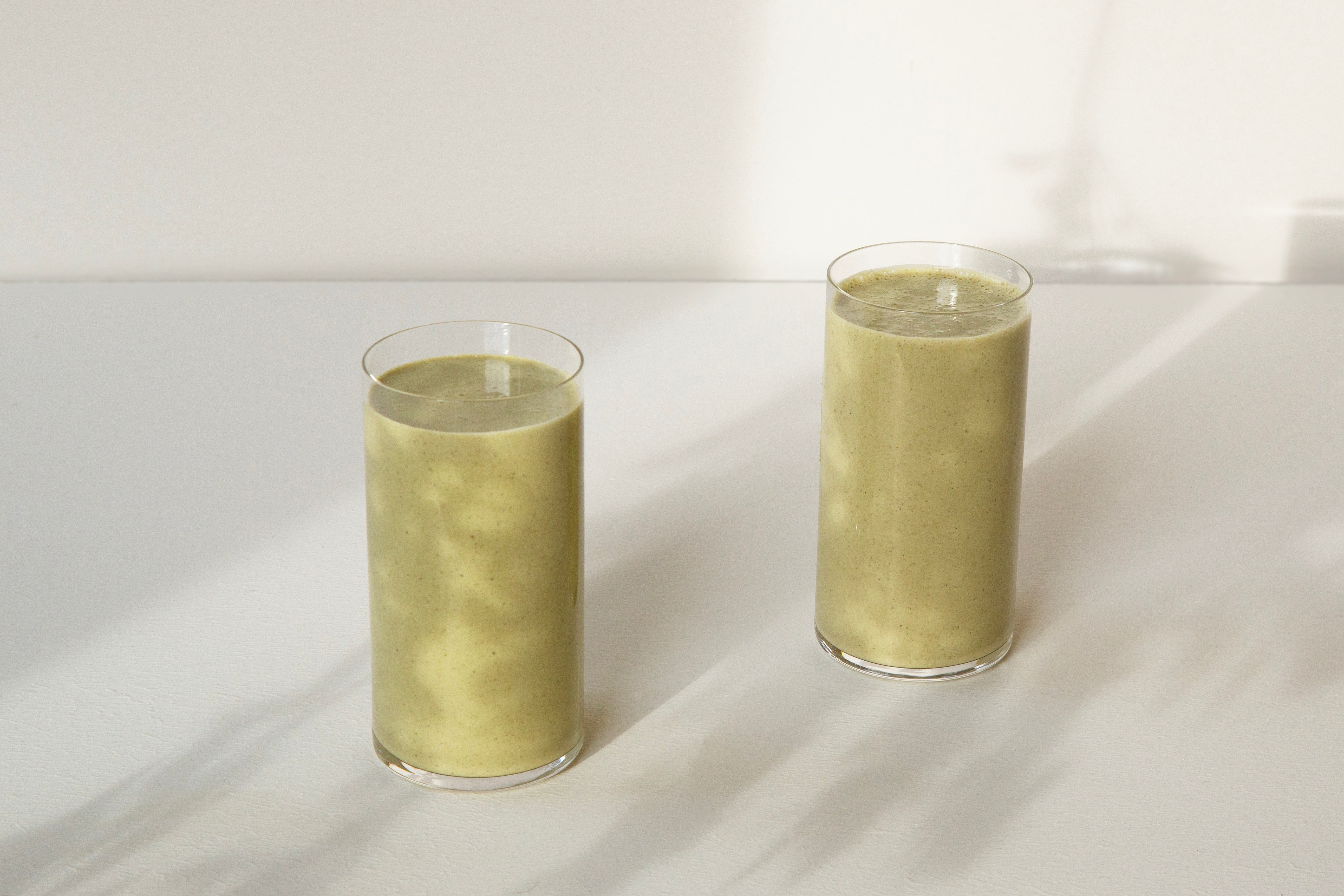

Leave a comment